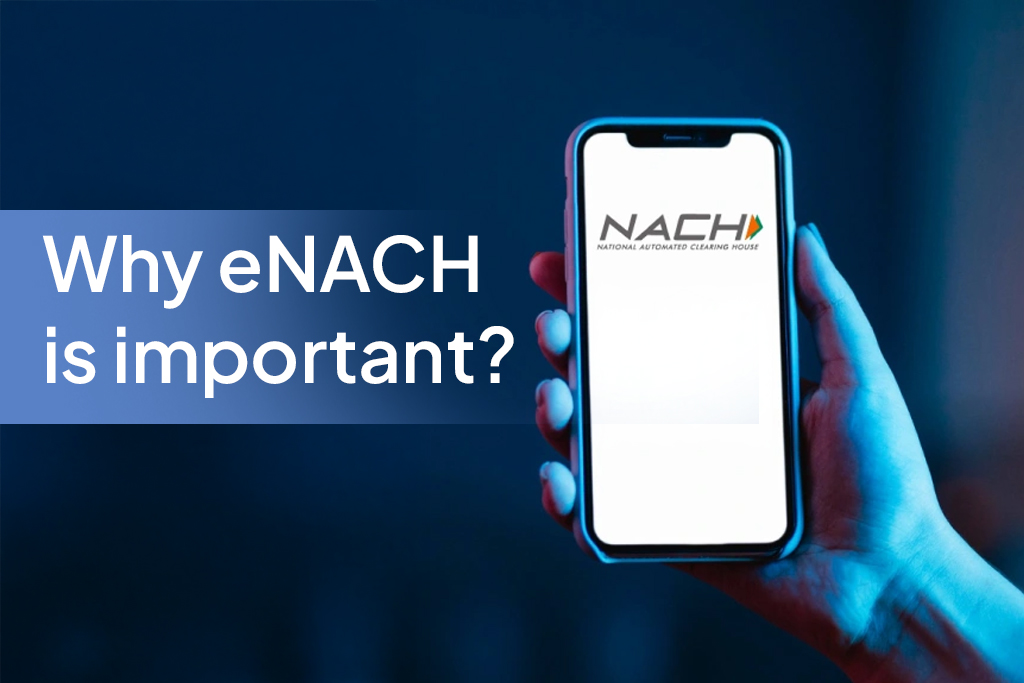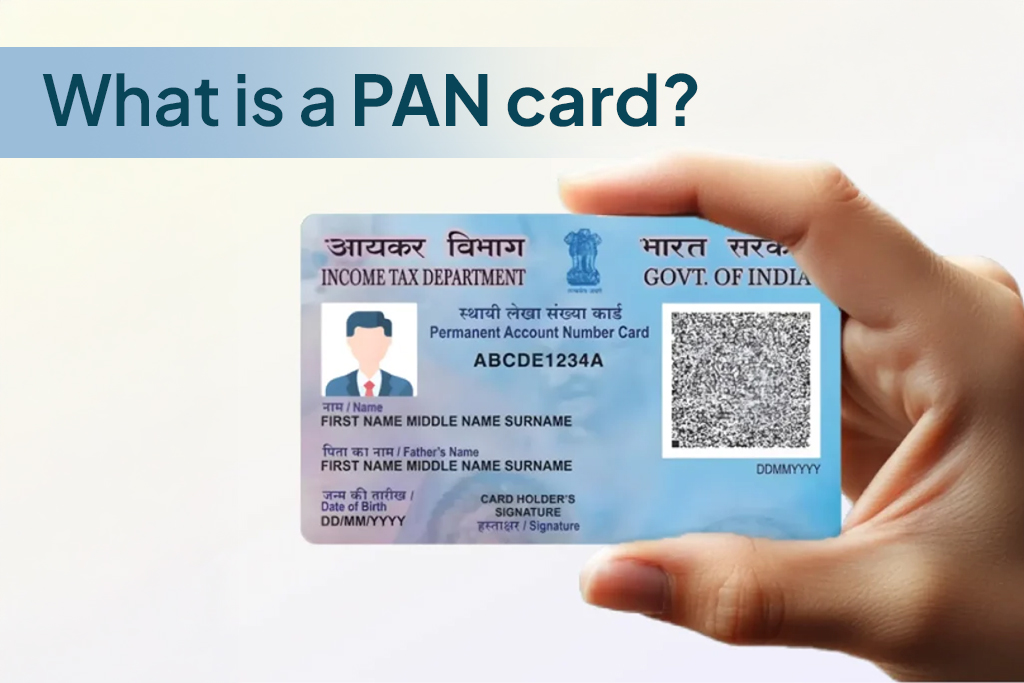Introduction to RTGS:
The term “real-time gross settlement,” or RTGS, refers to a method of moving money and/or securities in real-time. A central bank can continue sending payments via the RTGS protocol without totaling all of its debits and credits. Once made, real-time gross settlement payments cannot be cancelled or reversed. The central banks of the vast majority of nations oversee the systems.
How does RTGS work?
Real-time refers to the process of settling transactions as soon as they are received. As soon as money is sent from the sending bank to the receiving bank, the transaction is thus complete. Gross settlement denotes the separate handling and settlement of each transaction rather than its bundling or pooling. This is the construction of a real-time gross settlement system.
Large cash transfers between banks that are managed and coordinated by the central bank typically employ an RTGS system. These transfers frequently require immediate and thorough clearance.
The Fedwire system became live in 1970. The first real-time system that resembled a gross settlement mechanism was this one. It enhanced the telegraph-based system for electronically transferring funds between US Federal Reserve institutions.
The Bank of England presently oversees the Clearing House Automatic Payment System (CHAPS) in the UK. Several industrialised and developing nations have also employed comparable approaches.
Due to the fact that interbank settlement typically takes place throughout the day rather than just at the end of the day, real-time gross settlement reduces settlement risk, also known as “delivery risk.” This prevents a delay in the transaction. RTGS typically costs more to process than net and group payments do.
Real-Time Gross Settlement vs Bankers’ Automated Clearing Services (BACS):
Real-time gross settlement systems are different from net settlement systems, such as those used by Bacs Payment Schemes Limited (formerly known as the Bankers’ Automated Clearing Services) in the United Kingdom (BACS). Throughout the day, institutions transfer funds between themselves. Institutional accounts are updated at the end of each business day using the net amounts of money that were exchanged.
The technology eliminates the requirement for in-person cash exchange. The central bank updates the accounts of banks that send and receive money electronically. Bank A will lose Rs.10 lakh while Bank B will gain Rs.10 lakh
Prerequisites of Real-Time Gross Settlement
| RTGS Online | RTGS Offline | |
| How to Make RTGS Transfers? As was already indicated, there are two ways to transfer money using RTGS: online and offline. You’ll need to take the actions outlined below, depending on the model you choose: | a) Online RTGS You must register for the services online and through the net banking portal in order to instantly transfer money. Following completion of this step, you must provide the beneficiary’s RTGS information, the transfer amount, and payment authentication. | b) Offline RTGS Real-time gross settlement system offline allows you to transfer money between accounts even if you don’t have access to RTGS net banking or mobile banking. All you would need to do is go to the nearby bank branch, complete the RTGS form, and make the payment in cash or by check. |
| Charges of RTGS Transactions Here are the charges for both forms of RTGS transactions: | a) For Online RTGS Transfer For RTGS transactions that are started online, the RBI has eliminated the services fees associated with the transfer of funds. | b) For Offline RTGS Transfers The fees associated with RTGS transactions that are started at the bank may vary from one bank to another. The maximum sum that a bank may charge based on the transaction is still capped at a certain level. A single RTGS payment would not be subject to a bank fee of more than Rs. 55. The service fee for an outgoing transaction of up to Rs. 5 lakhs should not be more than Rs. 30, according to the RBI. For transactions worth more than Rs. 5 lakhs, it shouldn’t be more than Rs. 55. To find out the precise fees of the transfer, you could also contact your bank before you make the transaction. |
Failures of the Real-Time Gross Settlement Transaction
I also has a chance to fail. The most frequent causes of RTGS transaction failure are non-existent accounts or insufficient funds. If an amount is debited, it will be credited back to the account of the payment or account holder.
As soon as the bank on the other end transfers the specified sum, this will take place. Normally, the sum is determined within an hour after the failure or, at the most, by the end of the business day.
Limitations of RTGS
Only high-value transactions were considered while building the RTGS transfers. You will only need to send money if the amount exceeds the predetermined threshold, which is greater than 2 lakh rupees.
About FatakPay:
FatakPay provides virtual small credit facilities for all. It’s available on your phone and caters to your everyday needs in both online and offline formats. Payments are done seamlessly through UPI/QR codes. The solution provides an almost zero cost, free, quick, transparent and secure way to transact in a multilingual format with a Scan Now, Pay Later facility and easy repayment options.
Link to FatakPay App: https://link.ftkp.in/2uSI/dkasgvnf
Learn More About Payment Systems:
To gain a deeper understanding of digital payment methods, explore our related blogs:
- What is UPI? – Discover how UPI is revolutionizing instant payments in India.
- What is NEFT? – Learn about the National Electronic Funds Transfer system for secure money transfers
- What is IMPS? – Understand how IMPS enables immediate payments and transfers, even outside of banking hours.







